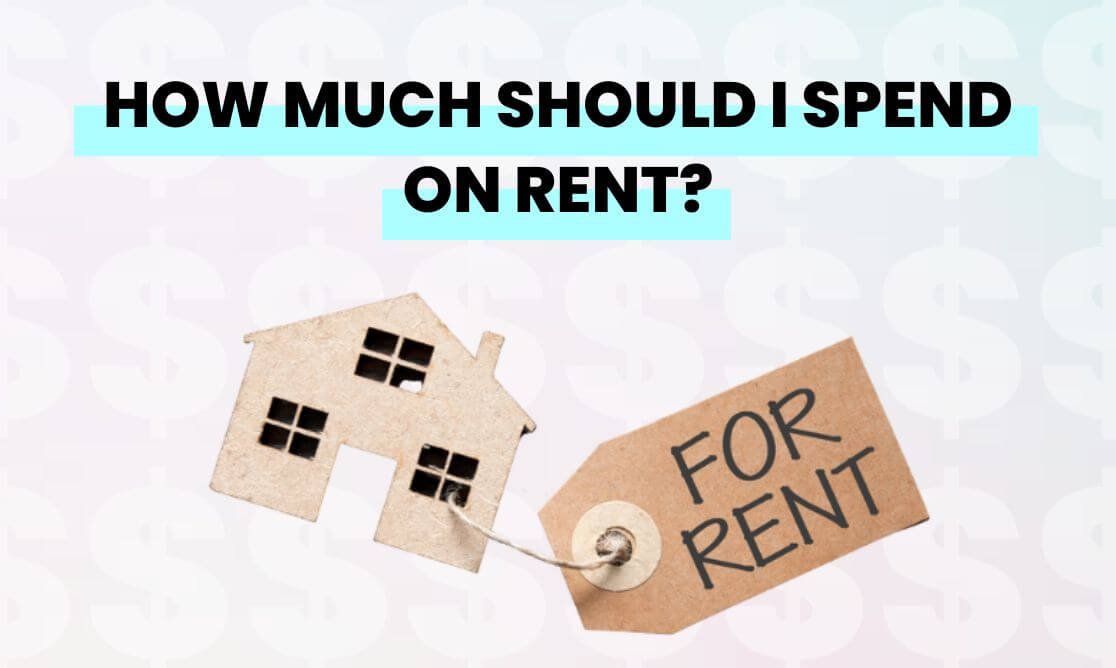
- Spending 30 percent of your income on rent is a budgeting principle from the 1960s.
- The cost of living has changed considerably since then, so does the rule still apply?
- Find out whether spending more than 30 percent on rent is acceptable in today's world.
Finding a place to stay that's within your budget is a challenge. With high-priced property markets in cities like San Francisco and New York having limited availability, it's getting harder to find an affordable place to live. In fact, many millennials are returning to live with their parents just to reduce their expenses.1
If you're looking for a rental in your area, you might find prices shocking. The reality is that rent represents a sizeable fraction of your monthly expenses in almost every US market. Unless you want to live in the middle of nowhere, you're going to have a hard time finding somewhere that's affordable.
So, how much of your income should you put towards your new place? Some financial gurus suggest you should follow the 30 percent rule when signing a lease. Let's unpack everything you need to know about this strategy.

Next in this guide
What is the 30 percent rule?
The 30 percent rule is fairly easy to understand. As you probably guessed, it states that your rent shouldn't exceed more than 30 percent of your income.
Log onto any financial wellness site, and you'll find an affordability calculator helping you to allocate your budget to your needs, wants, and financial goals. These calculators typically use the 30 percent rule when determining the amount of income you should be spending on rent.
Mortgage lenders also adopt the 30 percent rule when assessing your qualification for a mortgage. Therefore, it seems that the 30 percent rule is an industry standard and a good guidepost to determine what you can afford to spend on rent.
However, with rental market prices rising in many states and income stagnating, is the 30 percent rule still valid? Who is using this rule, and does it make financial sense in today's current rental market?
Learn what the 50/30/20 budget allows for rent.
Can you ignore the 30 percent rule?
With the rising tide in rental markets increasing the cost of living for Americans, does the 30 percent rule still make financial sense? That's a good question.
The 30 percent rule originated in 1969 public housing regulation, which capped public housing rent at 25% of the tenant's income. The figure continued to climb until it reached the 30% mark in the early 1980s.
The government came to this calculation based on consumer spending. However, times are changing, and it's been over 30 years since the government or any financial institution revisited and revised these figures.
Therefore, the 30 percent rule assumes that there is either no growth in the rental market over three decades or that consumers received salary increases on par with the growth in rental costs.
The reality is that salaries and wages haven't increased much in the last 10 years. 2 The world is currently in the grip of inflationary pressures. That means while the cost of living rises, wages are not keeping pace. Though that is changing since Covid, with pressure on companies to increase their wages across the board, it will take time for wages to filter through the system.
It's also important to note that the $7.25 US federal minimum wage hasn't shifted for at least a decade. Even though some states have set higher minimum wage levels, the minimum wage has still not kept up with living expenses. The cost of living continues to skyrocket, with income remaining stagnant or growing at lower levels than consumer prices, leaving consumers strapped for cash.
Is it OK to spend more than half your income on rent?
Considering the above, we have to ask if the 30 percent rule is still valid? Can you spend more, say up to 50 percent of your income on your housing costs or is that asking for financial trouble?
The reality is that spending 50 percent of your earnings on a place to stay that isn't even yours isn't a smart idea. You're placing yourself in a position where you'll need to look at cutting back in other areas of your life.
Since most consumers can't afford to cut back on essentials like utilities, food, and transportation, they end up taking the extra money they need for rent from other areas of their budget.
As a result, you'll end up cutting back on the little luxuries in life, like streaming services and clothes shopping, which ultimately reduces your quality of life.
However, the reality is that most Americans won't cut back on their lifestyle. Instead, they're more likely to cut back on their savings and investments to find the extra cash they need in their budget.
This action puts your financial future and retirement at risk. What if you have an emergency expense? According to research, most Americans have less than $700 saved in an emergency fund. 3
How to get closer to spending 30 percent on rent
If you want to get closer to the 30 percent rule for rent, you may have to move outside of cities to find a better deal. However, the chances are that jobs in these areas don't pay as much as those in the cities. With remote work on the rise, though, living in a lower cost area is an increasingly feasible option. Finding a job in a state with more affordable rental costs is also another option.
Another alternative is to find a roommate to share the rent, although that comes with its own complications and not everyone will be ready for that.
Article sources
1 The Atlantic. "Millennials Don’t Stand a Chance, https://www.theatlantic.com/ideas/archive/2020/04/millennials-are-new-lost-generation/609832/". April 13, 2020.
2 Pew Research Center. "For most U.S. workers, real wages have barely budged in decades, https://www.pewresearch.org/fact-tank/2018/08/07/for-most-us-workers-real-wages-have-barely-budged-for-decades/". August 7, 2018.
3 MarketWatch. "Nearly 25% of Americans have no emergency savings, https://www.marketwatch.com/story/nearly-25-of-americans-have-no-emergency-savings-and-lost-income-due-to-coronavirus-is-piling-on-even-more-debt-2020-06-03". June 9, 2020.

